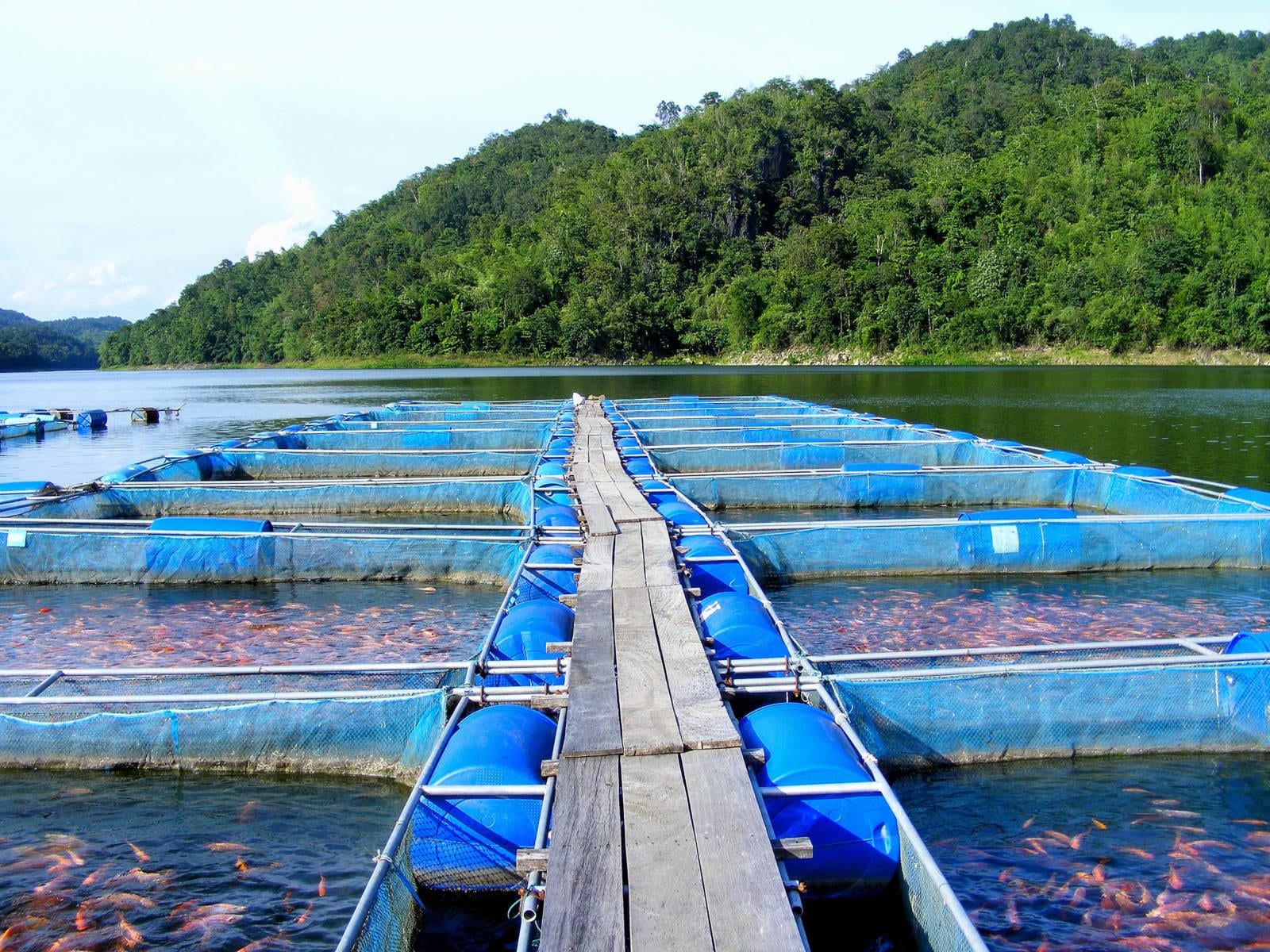For the past five years, one of most effective events in the global aquaculture industry has been bringing together fish farmers, investors, insurance companies, feed producers, government officials, researchers, seafood importers, retailers and U.S. soybean grower leaders in an effort to educate and encourage investment in the Latin American aquaculture industry.
The Aquaculture Investment Workshop (AIW) is produced by the Americas regional office of the U.S. Soybean Export Council’s (USSEC) International Soy in Aquaculture Program, and is sponsored by the soy checkoff, the American Soybean Association, and several state soybean boards. It was first convened in 2012 with the primary objective of defining what can be done to accelerate expansion of the industry and create markets for aquaculture products. This, in turn, would increase demand for high-quality soy feed ingredients. In 2012, the initial focus was on diversifying into high value marine aquaculture (mariculture), and included speakers from the University of Miami’s leading team in the development of mariculture in the region.
The AIW has quickly evolved into a popular, “must attend” event for Latin American aquaculture operators to explore business development, define strategies and secure capital from investors around the world.
“Latin America is a major export market for U.S. Soy,” says Colby Sutter, Director of USSEC’s Aquaculture Program. “As we explore ways to help the aquaculture industry expand and diversify in this region, that will create even more demand for quality feeds with a high inclusion of U.S. Soy products.”
“Latin America is very well positioned to export aquaculture products to the U.S., filling the gap created by decreased exports from China,” says Jairo Amezquita, USSEC Project Manager for Aquaculture Utilization for the Americas region.
Amezquita pointed out that governments in the Latin American region are generally very supportive of aquaculture in terms of providing permits and assistance with research, and that often the biggest obstacle for operators is finding investment organizations that understand the unique challenges of farming fish and shrimp in ways that are environmentally sound and sustainable.
To that end, the AIW was launched to provide farmers an opportunity to educate potential investors, insurance companies and retail customers, and provide a forum for the industry to discuss issues affecting growth.
“There’s a clear understanding that we’re all in this together, so we’re willing to help each other,” says Amezquita. “We need to have a critical mass of healthy, farmed seafood in the marketplace.”
Participants consistently rank the AIW as one of the most productive and informative conferences in the seafood industry. As a result of the five workshops held since 2012, new mariculture companies have emerged in Mexico, the Caribbean and Ecuador, and the presence of seafood buyers has created a sustainable market for these products. Participants are recognized as important players representing most sectors of the field, and the event is a powerful opportunity for steering industry development in the right direction.
“This impactful conference is only possible because of support from U.S. Soy organizations, especially qualified state soybean boards (QSSBs) such as the Kansas Soybean Commission,” says Sutter.
The invitation-only event is scheduled to convene next in 2019.
